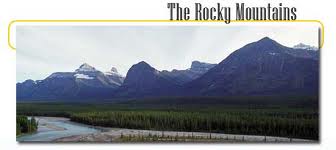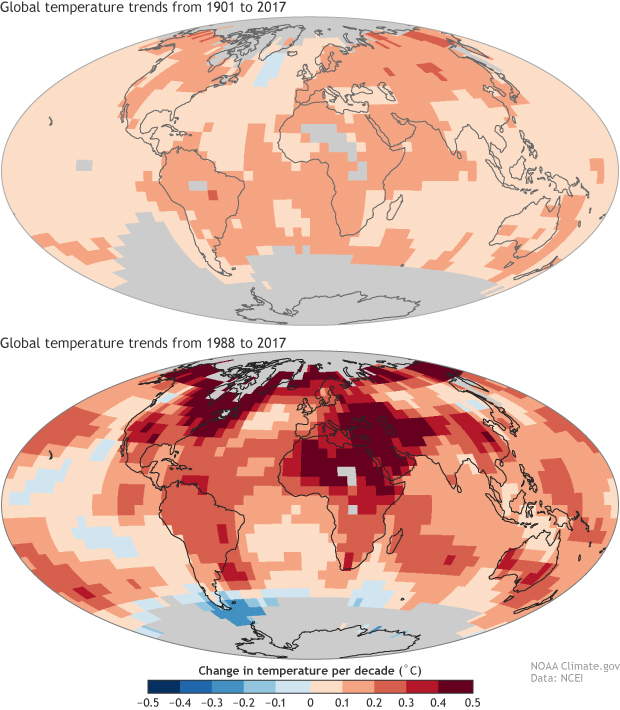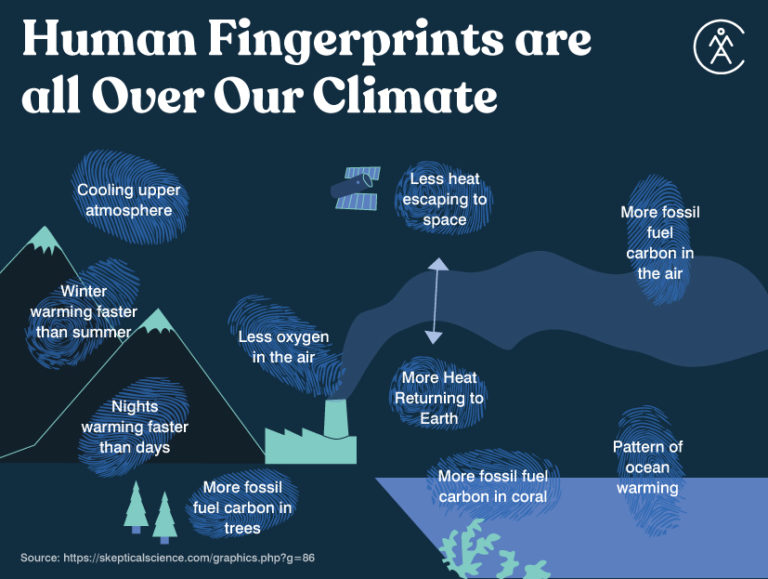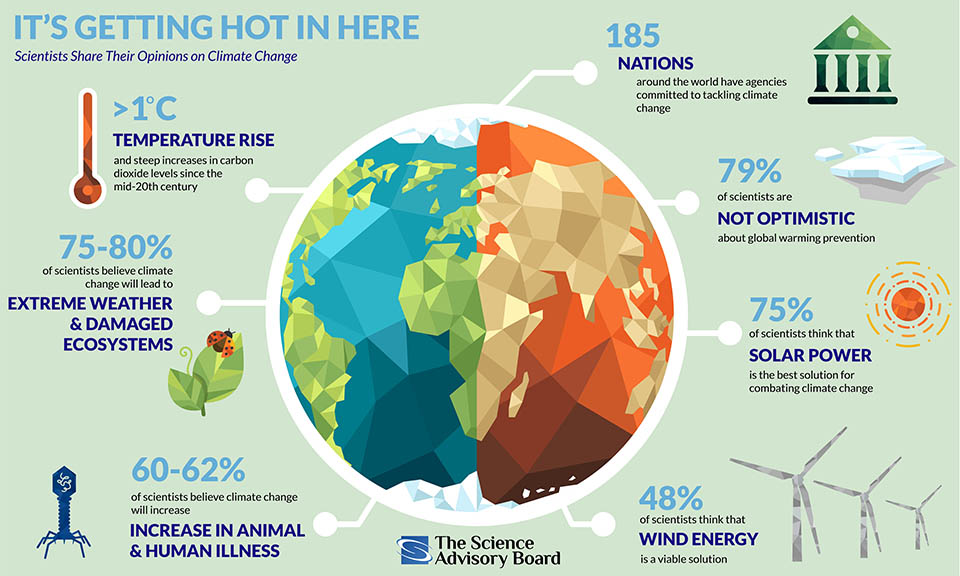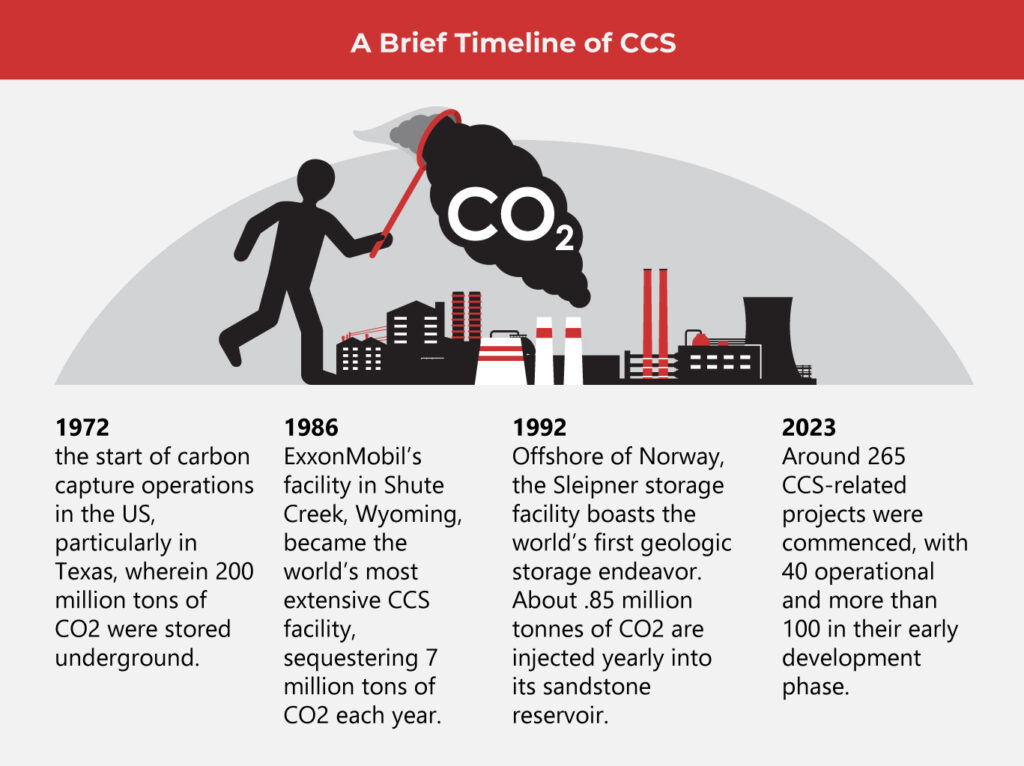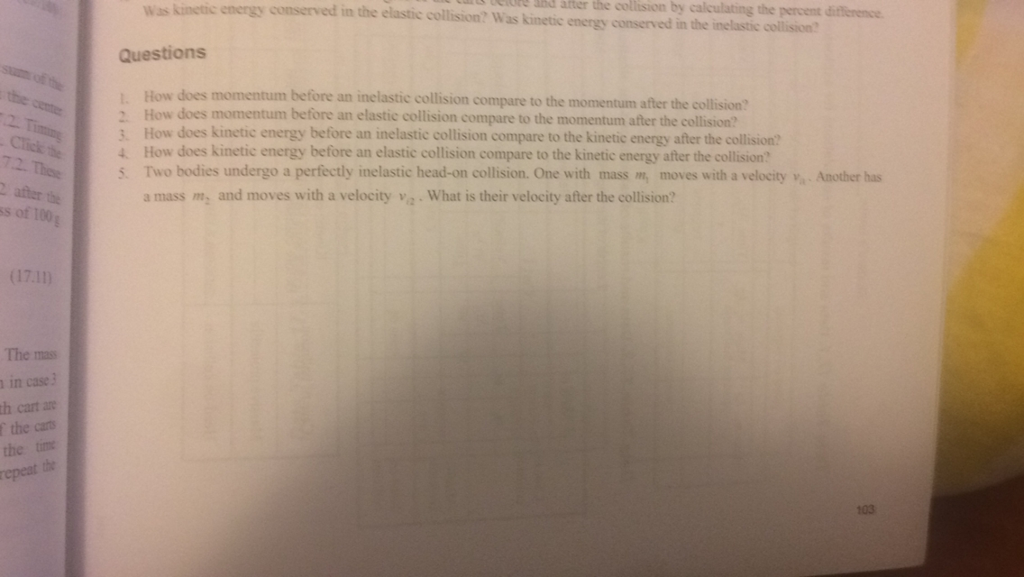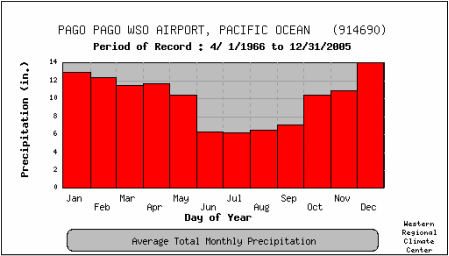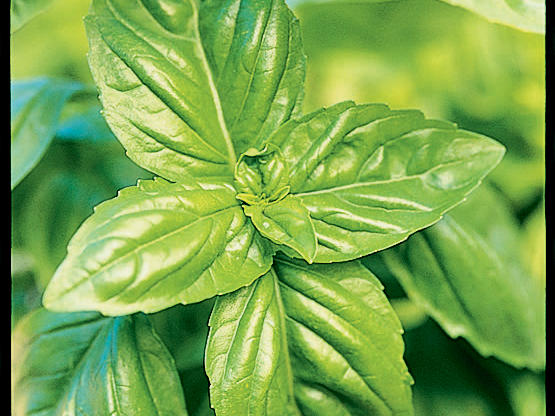What Is Highland Climate? Weather Above the Clouds
Highland climate, sometimes referred to as alpine climate, leads to a compelling intersection between geography and weather phenomena. It is an intriguing meteorological category characterized by its cool temperatures, varied precipitation, and unique seasonal patterns. Above the clouds, the highlands of our planet present an array of ecological systems, each fostering a distinct set of ...
